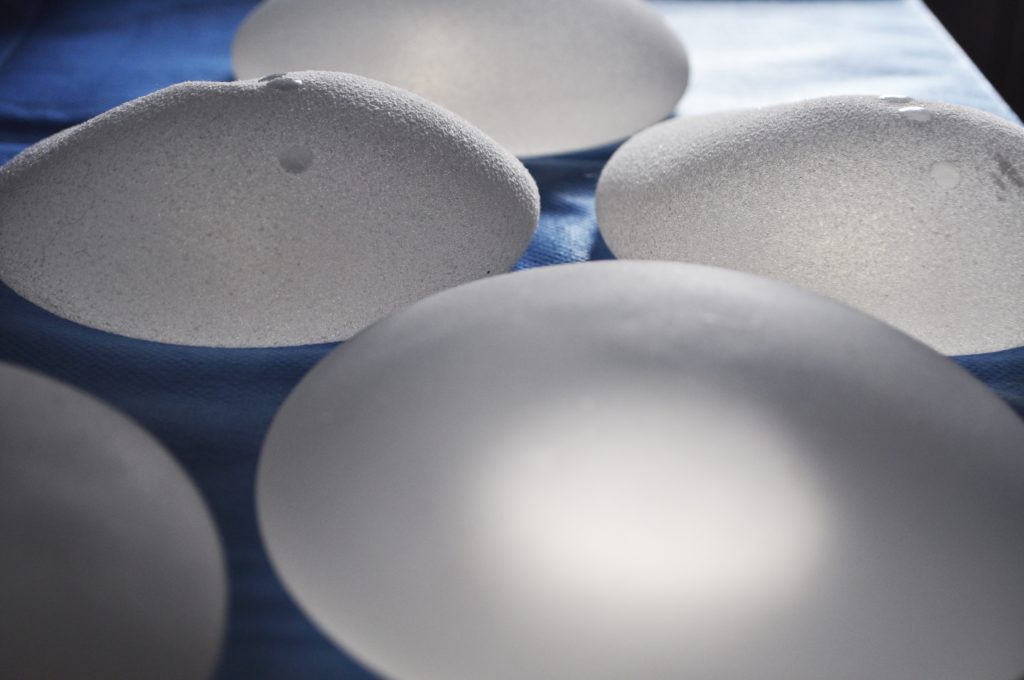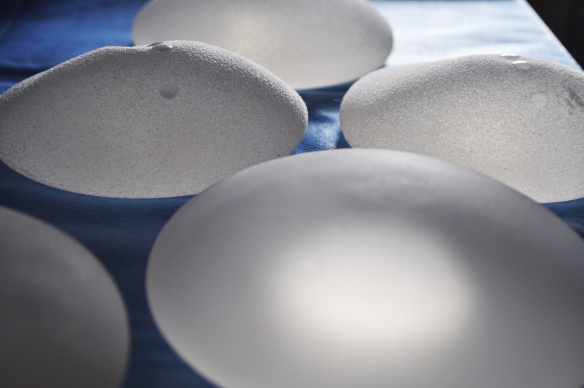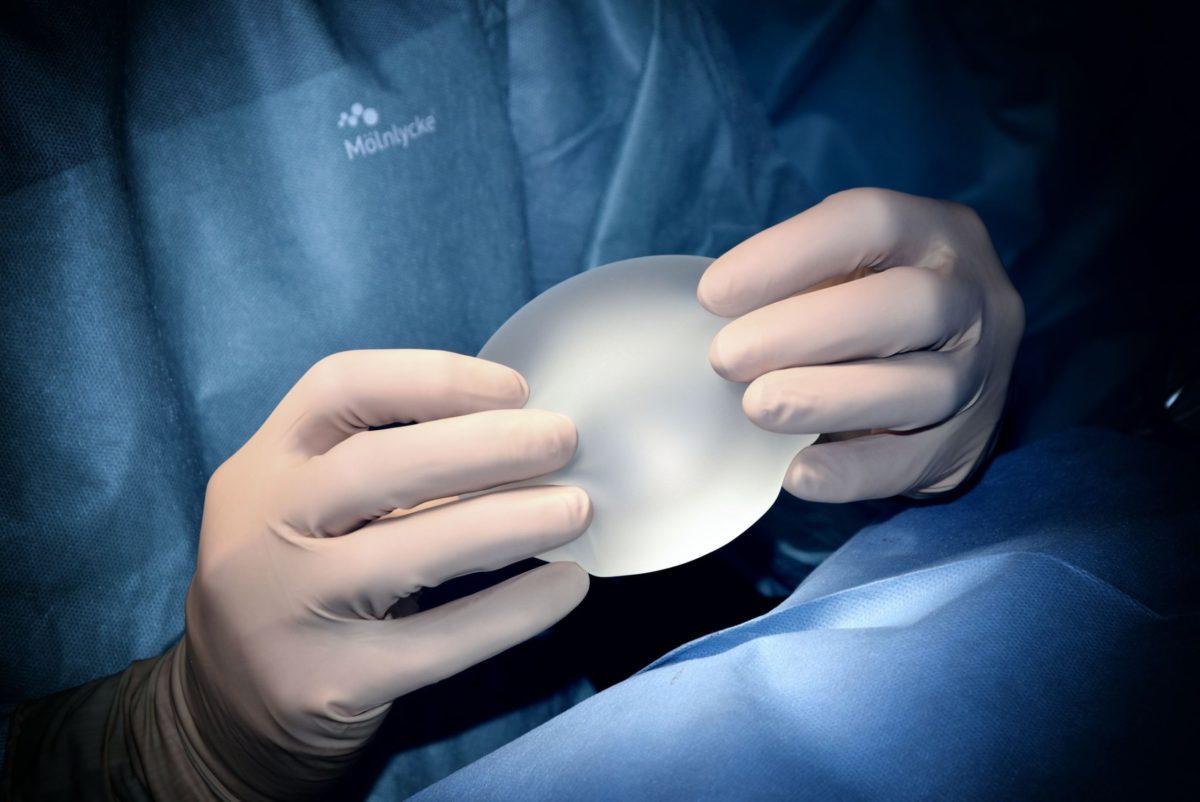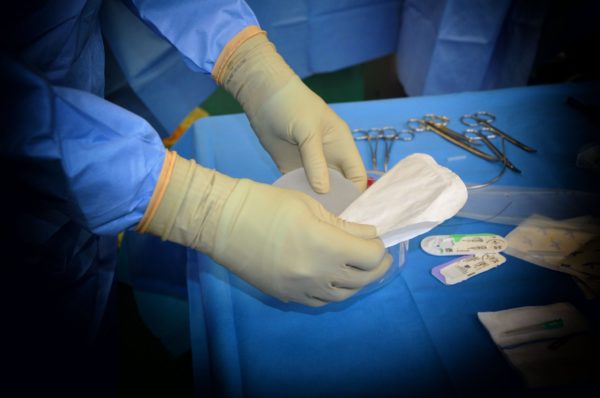NCCN guidelines – En bloc resection after standard diagnosis/management
BIA-ALCL
is retained in the capsule and continues to develop even after explantation, if the capsule is left in place. An En bloc resection (total capsulectomy) is recommended further to a diagnosis of ALCL-BIA. https://academic.oup.com/asjopenforum/article/1/1/ojz005/5366236
Diagnoses
PET/CT scan is critically important to look for spread of lymphoma
Surgery
En bloc resection: oncologic resection performed to remove cancer specimen in the whole
Total capsulectomy
Explantation
Exc mass
Exc biopsy node(s)
Consider contralateral
Consider delayed or immediate reconstruction
CHOEP – multiple required
GDP multiple required
Four rounds of brentuximab vedotin – preferred first line treatment nccn guideline
When implants are being exchanged or removed and when BIA-ALCL has not been diagnosed an en bloc resection (prophylactic capsulectomy) is not recommended. However, it is possible for BIA-ALCL to develop after implant removal when only a partial capsulectomy is performed for this reason
M.W.Clemens MD Plastic Surgery- Associate professor – The University of Texas who was President of the 1st World Consensus Conference on BIA-ALCL and Latest Statistics, recommends only En bloc resection (prophylactic capsulectomy). For information from the 1st World Consensus Conference on BIA-ALCL and Latest Statistics 1st World Consensus
An En bloc resection (prophylactic capsulectomy)
Removes the breast implant with the capsule retained in whole. The capsule can adhere to the chest wall and ribs and an en bloc capsulectomy is a far more invasive procedure than a partial capsulectomy, which would normally be performed for a simple exchange of implants where there are no other concerns.
When the implant is replaced with another implant it would usually be placed in a different space.
Therefore when the original implant was placed in submuscular pockets, the new implant would be placed subpectorally (above the muscle). Repair to the pectoralis muscle may be required if during the removal of the original implants has caused trauma.
An En bloc resection (prophylactic capsulectomy) may be slightly easier for implants originally placed subpectorally (above the muscle) with new implants placed in submuscular pockets (beneath the muscle).
Post Surgery
Drains will normally be used to allow the fluid from the breast pocket to exit the body.
When the patient does not want implants replaced then it is likely the drains will need to remain in place longer.
Reconstruction without Implants
When there is sufficient breast tissue remaining a breast lift, or mastopexy may be required to create a new pleasing breast shape. For more information More Info.
Fat grafting is another option for creating a new breast shape. For more information More Info.
My Opinion
I have Allergen Implants that have now been recalled and have decided to keep them due to the risks of BIA-ALCL developing being very low. To help other individuals who are concerned I have set up a support group on linked in Support
For the most recent update about BIA-ALCL and BannedImplants
Breast Implant Illnesses: What’s the Evidence?
1993: https://jamanetwork.com/journals/jamainternalmedicine/article-abstract/618131
1999: https://www.ncbi.nlm.nih.gov/books/NBK44795/ National Academies Press (US); .
2010: https://journalofethics.ama-assn.org/article/silicone-breast-implant-litigation/
2012: https://www.thelancet.com/journals/lancet/article/PIIS0140-6736(12)60041-5/fulltext
2015: https://www.ncbi.nlm.nih.gov/pmc/articles/PMC5047232/
2018: https://www.medicalnewstoday.com/articles/323684.php#4
2018: https://emedicine.medscape.com/article/1275451-overview
2019: https://www.sciencedirect.com/science/article/pii/S2352647518300327
2019: https://academic.oup.com/asj/article/39/Supplement_1/S55/5304916
2020 the MHRA released an updated statement on the symptoms sometimes referred to as Breast Implant Illness (BII). This clarifies their current position on this issue and outlines their ongoing work in this area.statement can be read here




